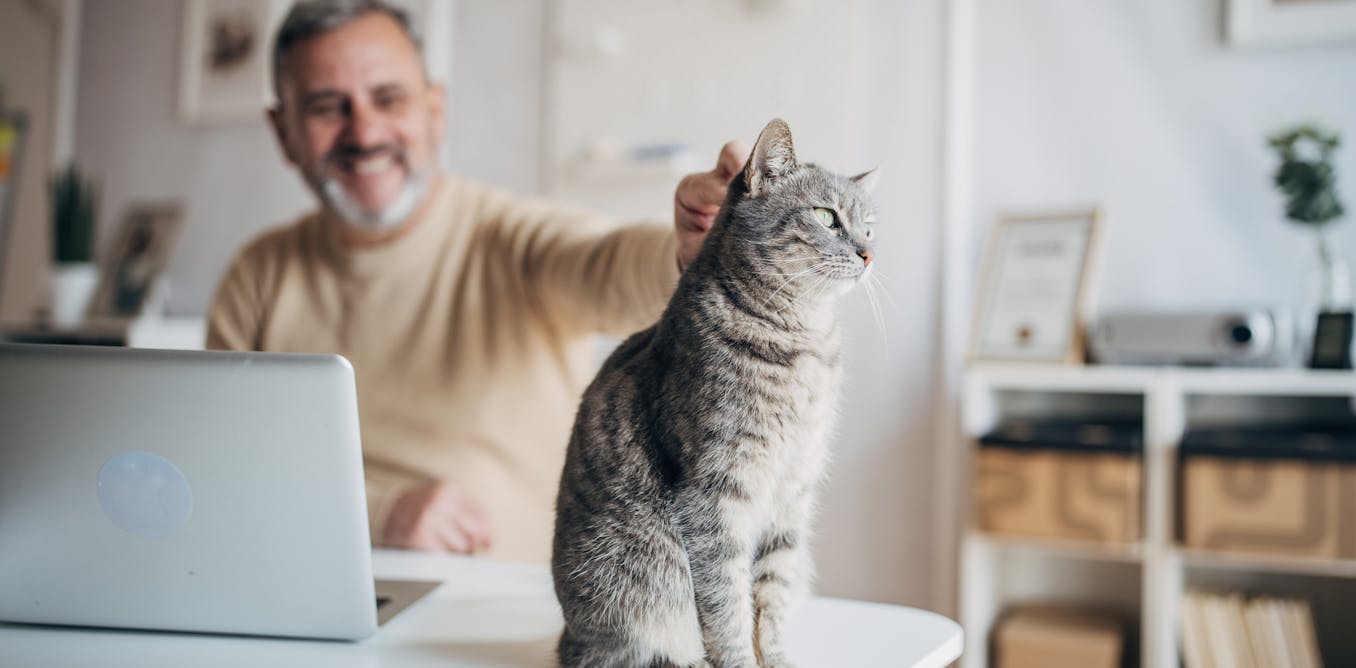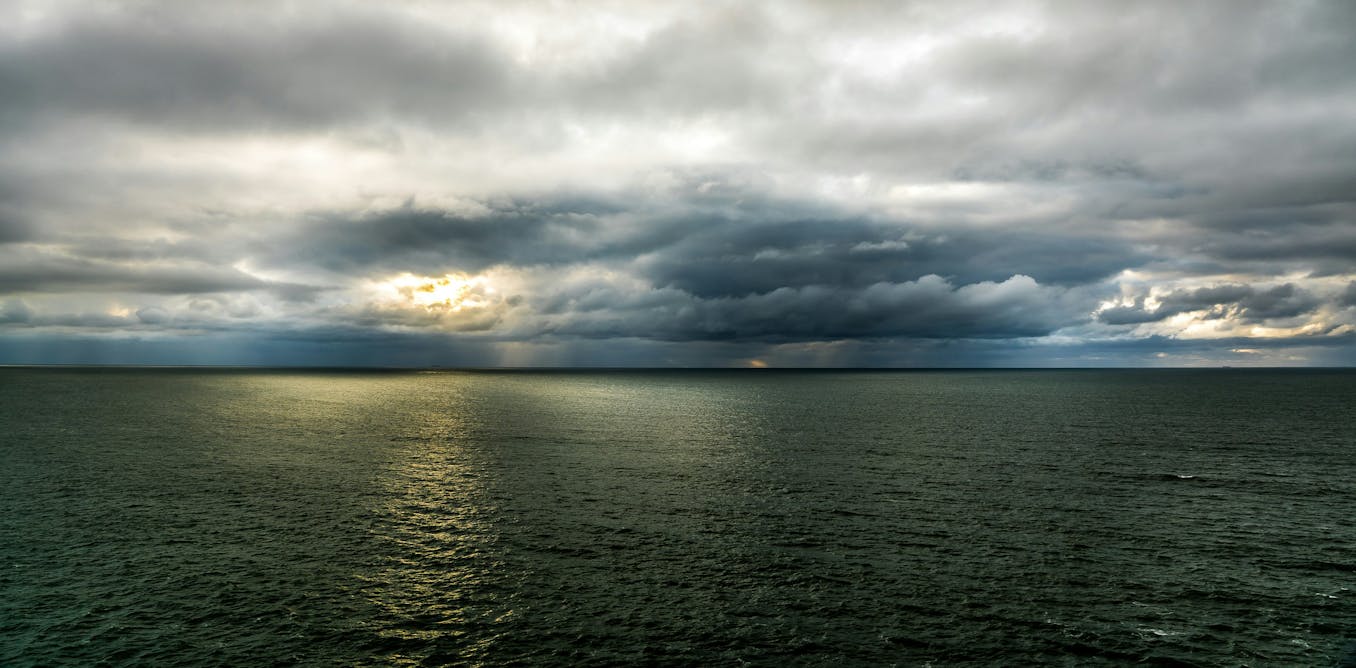While collectors arrived at Art Basel last week dressed to the nines and ready to splash millions on everything from a Joan Mitchell diptych ($18 million at David Zwirner) to an Ed Ruscha painting ($2.8 at Gagosian), a more understated affair took place a short walk away along the Rhine River. There, George Bak, the digital and generative art advisor, and Roger Haas, a former gallery director, held the Digital Art Mile, the city’s first digital art fair.
Spread across three locations, the fair ran from June 10 to 16 and included a five-day conference program in the city’s underground and dimly-lit cinema Kult Kino Camera.
“There is a need to educate, to show collectors that digital art is an interesting and rich genre,” Bak told ARTnews before the fair kicked off. “Digital art has a 70-year-old history which has mostly been neglected. Museums are starting to buy these historical artworks and showing them, so we wanted to create a digital fair that is not about the spectacle but more about discussion and discourse about art.”
The fair was held in partnership with the Tezos Foundation, the nonprofit arm of the Tezos blockchain, which has long been the art world’s blockchain of choice because of its engagement with the industry and lower environmental impact.
Sasha Stiles, the poet, language artist, and AI researcher, chewed the fat with NFT artist IXShells for Tuesday’s first keynote discussion.
“If you ask me why collectors should keep investing in the digital space and why they should keep believing in us as artists… I would say we are inventing ideas that can help others,” IXShells told the audience. “There’s so many ways that we can help by using our imagination and connecting it with something functional.”
Later in the day, at the “Birth of Digital Art” panel, Mimi Nguyen, a digital art expert, gallerist, and lecturer at Central Saint Martins, debated with Ozan Polat, a director at 1OF1, on the semantics of digital art (should it be digital artists or artists of the digital age?), breaking down stereotypes, and the significance of distinguishing “traditional” and “digital” artists.
“I don’t think we need to differentiate,” Nguyen said. “If you are an artist, you are an artist at the end of the day.”
That didn’t mean the other fair wasn’t on attendees’ minds. During the same panel, Polat told the crowd that the language around digital art is “more open and authentic” than the discourse at Art Basel.
(1OF1 is a “collecting club” set up by ARTnews Top 200 collector Ryan Zurrer to nurture digital artists.)
Polat’s throwaway jab at Art Basel was echoed in other panel discussions and conversations during the day, indicating a mild disdain towards the mega-galleries peddling seven-figure paintings, but it was also seemingly coupled with a longing to earn the traditional art world’s imprimatur.
“The Digital Art Mile is important for artists from the digital age who are carving their way into the art world,” Polat told ARTnews. “There is sometimes a feeling that digital artists don’t speak the same language as the ‘traditional art world.’ It’s super early with The Digital Art Mile and I’m looking forward to it growing each year. It’s especially important during a time when the headlines are saying ‘NFTs are finally dead’ and ‘digital and crypto art is dead.’ It’s vital to have these initiatives to show the world what’s going on and that it’s serious and has a high level of execution.”
At space25, a three-level venue on Rebgasse, the fair held the exhibition, “Collaborations with the Artificial Self,” showing works by artists including Elman Mansimov, Helena Sarin, and Niceaunties. The latter’s work was the most recognizable and depicts “aunties doing nice stuffs in Auntiverse, blissfully powered by AI,” as the artist explains on his Instagram page.
Thirteen exhibitors – including galleries, various platforms, foundations, and collectors – were invited by the Digital Art Mile to participate and included TAEX, Sotheby’s, and ARTXCODE. Art was hung on the walls at space25 and space31 salon-style from the various exhibitors; some via digital displays and others as physical works. As one might expect, in many cases it was possible to buy the works on view using cryptocurrency.
Digital artist and coder S. Ryan O’Connor, who goes by the handle jiwa, told ARTnews that he thought there was a tangible “interest and hunger” from people in Basel to learn about digital art. “It’s good to have the opportunity to merge the two art worlds here,” he said, referring to the traditional and digital art worlds. When asked if he wanted to join the mainstream as a digital artist, he demurred.
“I feel that there are two camps in digital art and the crypto scene. One is saying, ‘We’re doing our own thing and we don’t need the buy-in or validation from anyone else,’ and then the other sees being part of the art world as really important. I understand both sides,” he said. “There’s a lot of various arguments to show the relevance of digital art, and I think generative art is going to be looked back on as the new abstract expressionism or minimalism.”
Stiles would seem to belong in jiwa’s second camp, telling ARTnews that she was disappointed by the lack of digital art at Art Basel, but felt that the Digital Art Mile could fill the gap by giving collectors and dealers a “really good foundational understanding of what digital art is and can be.” She added that she felt it was inevitable that digital art will move further into the mainstream as time goes on.
“Bringing digital art into the ‘traditional art world’ is important to really invite the kind of conversations, critical dialogue, and discussion it deserves,” she said.
Hans Joerg, a collector who owns an original CryptoPunks artwork, said he would prefer digital art to remain more niche, telling ARTnews that digital art is still about emotional attachment and appreciation, as opposed to the “materialistic” art world where “art has died.”
Joerg’s morbid mood was not echoed across the rest of the fair, where energy was high as it came to a close. Diane Drubay, founder of We Are Museums and WAC Lab, told ARTnews the event “shattered the conventions of ‘digital’” and “redefined the artform’s boundaries.”

The post “At Basel’s First Digital Art Fair, Collectors and Artists Debate Whether the Traditional Art World Matters” by Harrison Jacobs was published on 06/18/2024 by www.artnews.com





































